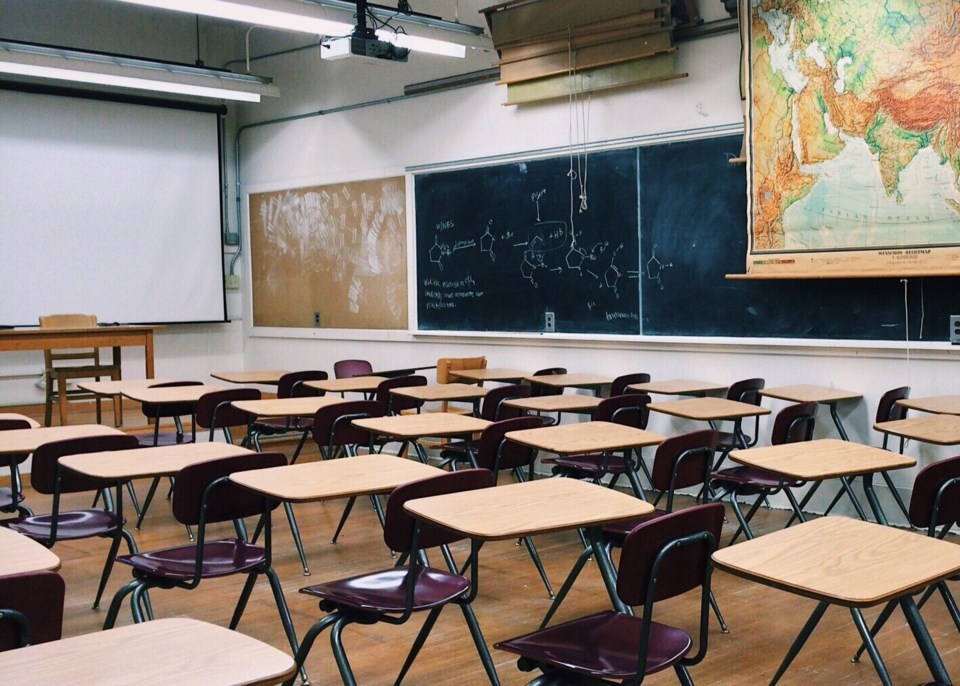As promised, the Saskatchewan government has released the guidelines that will shape the return to classrooms this fall, and they will focus on minimizing physical contact between students.
Deputy premier and education Minister Gordon Wyant made the announcement on June 9 that prekindergarten to grade 12 schools will be returning to in-person education when school resumes in September, and the province has now shared the developed guidelines that will shape that return for students and teachers.
“As we return to normal activities within our daily lives, we want to ensure that our school communities have time to prepare for new health and safety requirements,” said Wyant, in a press release. “These guidelines reinforce minimizing physical contact while maintaining a school atmosphere that’s as normal and comfortable as possible.”
The Educational Institution Guidelines, developed by the Response Planning Team under the advisement of the province’s chief medical health officer, will put into place several new considerations for the fall semester.
The focus will largely be on keeping students and staff from being in physical contact wherever possible. Schools will also be expected to increase cleaning and sanitization practices to reduce risk and to promote proper hygiene practices like hand washing.
For now, students and staff won’t be asked to wear masks and eye protection, and temperature checks will not be used as a screening measure. Access to hand sanitizer will be required and staff and students are encouraged to supply their own as well.
Because maintaining physical distance will be difficult with younger children, especially in a classroom setting, the guidelines instead focus on the minimization of physical contact.
This includes things like seating plans on school buses, staggered pick-up and drop-off times for parents, and teachers and support staff remaining with one group of students throughout the day to minimize contact spread.
The minimal-contact measures also extend to items often shared by students, such as recess equipment, electronic devices, and physical learning materials. Access to these items may be limited, scheduled, or removed entirely.
Additionally, rules about bringing items in and out of school buildings like bookbags or other school supplies will be decided by each school.
Parent-teacher interactions will also likely be conducted in a telephone or video format moving forward. Parents are also asked to watch their children for signs of COVID-19 or respiratory illness and to keep them home if any appear.
Extra-curricular activities are still up in the air, the document says, as any plans of that kind will depend on the group gathering limits that are in place by fall.
Schools will also be required to determine an isolation area, in the case that a student develops symptoms while at school and are not able to immediately leave.
It will be up to each individual school division to determine how these guidelines will be implemented in schools, said Wyant in a previous press conference, as they will likely look different in every place. The province’s guidelines are also subject to updates and adjustments in the future as the pandemic changes in the province over the next few months.
To read the full list of guidelines in the Educational Institution Guidelines document, see here.




